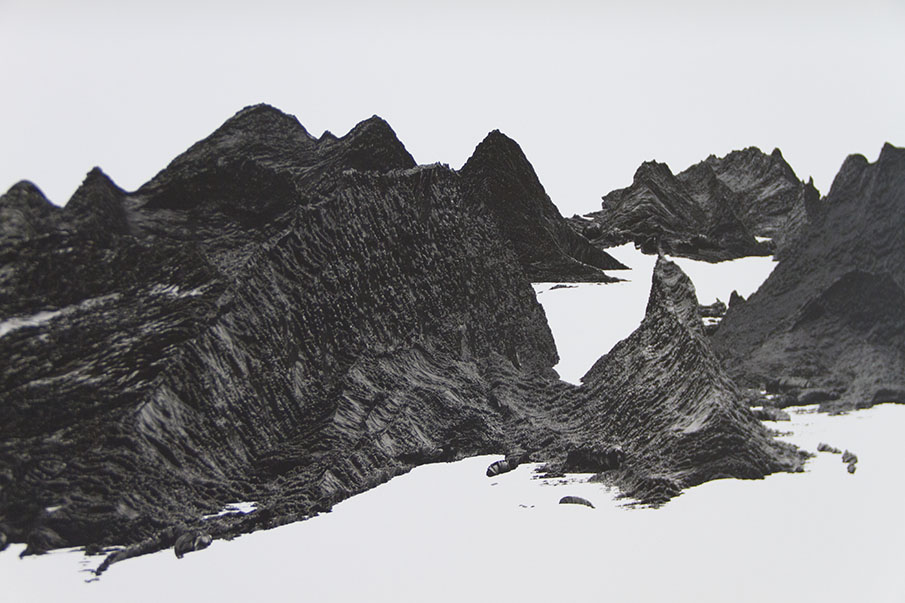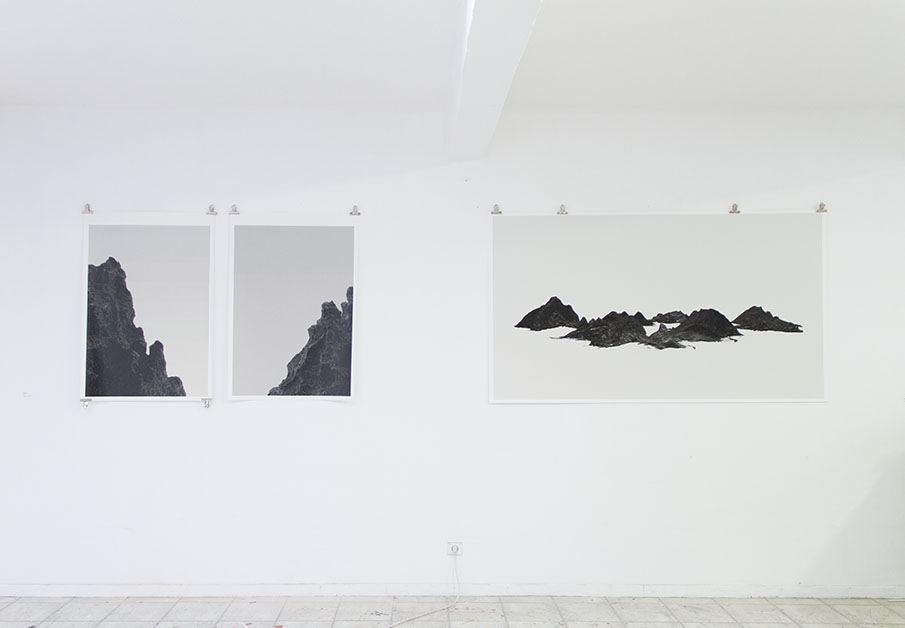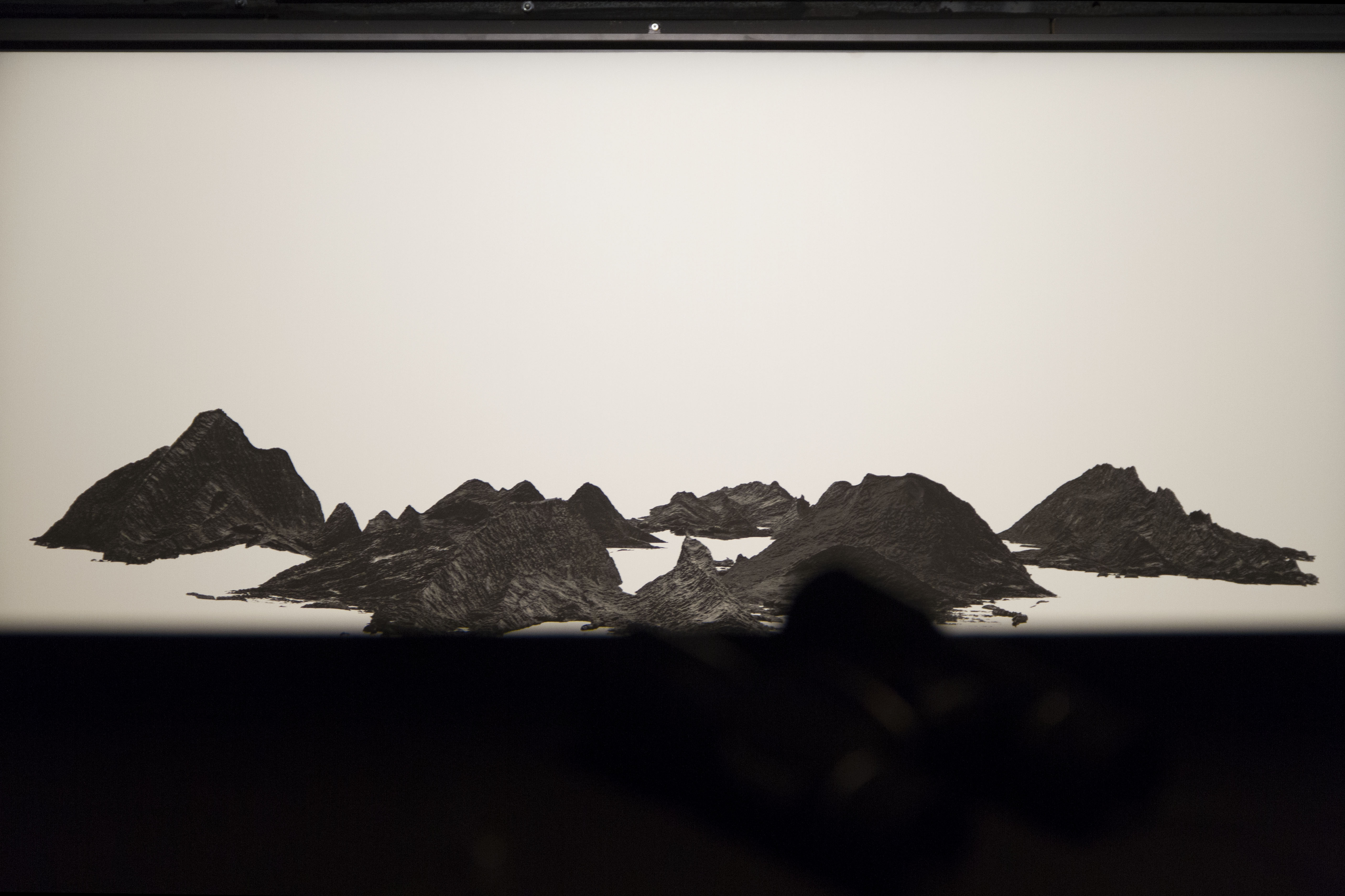2013 (ongoing project), digital print on Canson extra-mat paper.
[AURA] is organic. [AURA] is mineral. [AURA] is synthetic. [AURA] is made of pigments. [AURA] is made of noise. [AURA] is unique. [AURA] is multiple. [AURA] is the infinite distance between you and what stands in front of you.
[AURA] is stuck between two square brackets.
"The concept of aura [...] with reference to historical objects may usefully be illustrated with reference to the aura of natural ones. We define the aura of the latter as the unique phenomenon of a distance, however close it may be. If, while resting on a summer afternoon, you follow with your eyes a mountain range on the horizon or a branch which casts its shadow over you, you experience the aura of those mountains, of that branch. This image makes it easy to comprehend the social bases of the contemporary decay of the aura. It rests on two circumstances, both of which are related to the increasing significance of the masses in contemporary life. Namely, the desire of contemporary masses to bring things “closer” spatially and humanly, which is just as ardent as their bent toward overcoming the uniqueness of every reality by accepting its reproduction. Every day the urge grows stronger to get hold of an object at very close range by way of its likeness, its reproduction. Unmistakably, reproduction as offered by picture magazines and newsreels differs from the image seen by the unarmed eye. Uniqueness and permanence are as closely linked in the latter as are transitoriness and reproducibility in the former. To pry an object from its shell, to destroy its aura, is the mark of a perception whose “sense of the universal equality of things” has increased to such a degree that it extracts it even from a unique object by means of reproduction. Thus is manifested in the field of perception what in the theoretical sphere is noticeable in the increasing importance of statistics. The adjustment of reality to the masses and of the masses to reality is a process of unlimited scope, as much for thinking as for perception."
Walter Benjamin, The Work of Art in the Age of Mechanical Reproduction, 1935.




